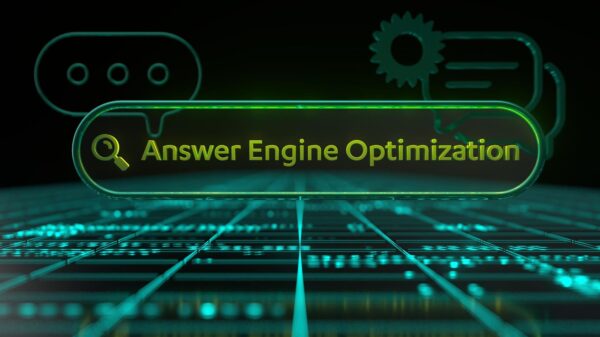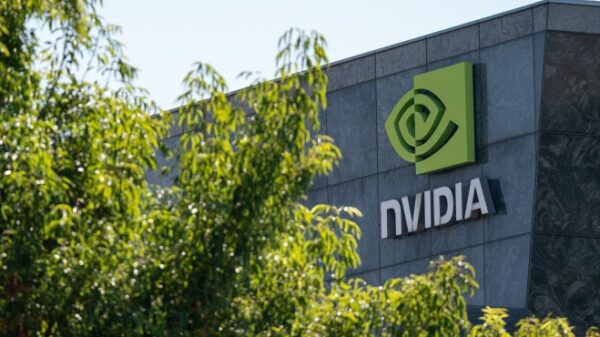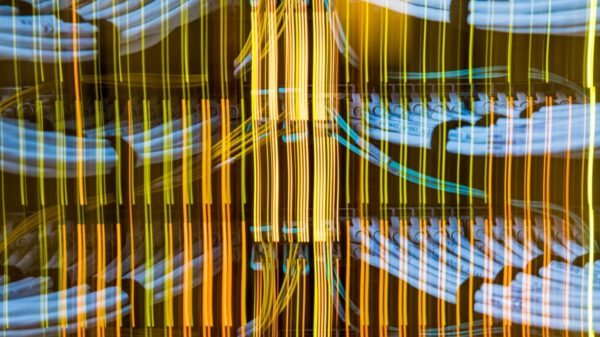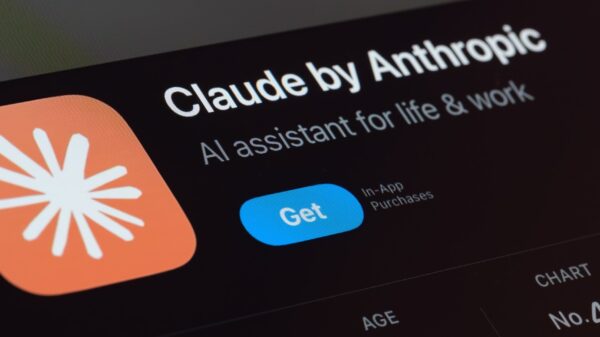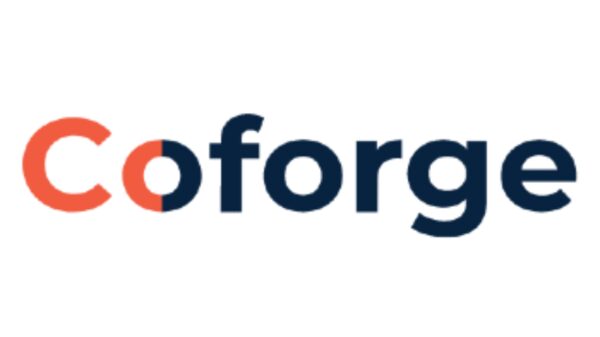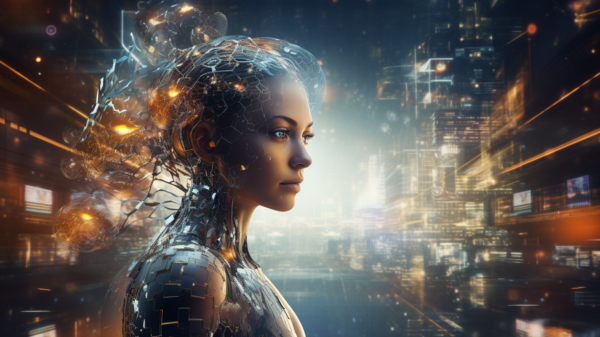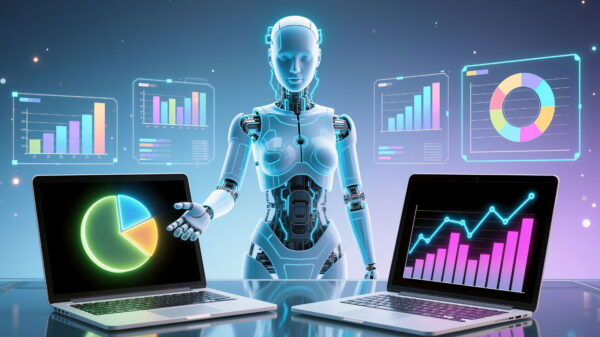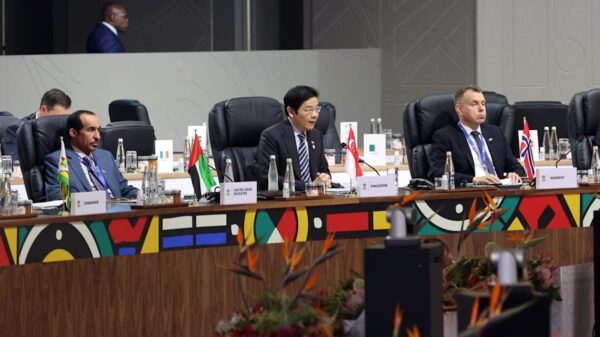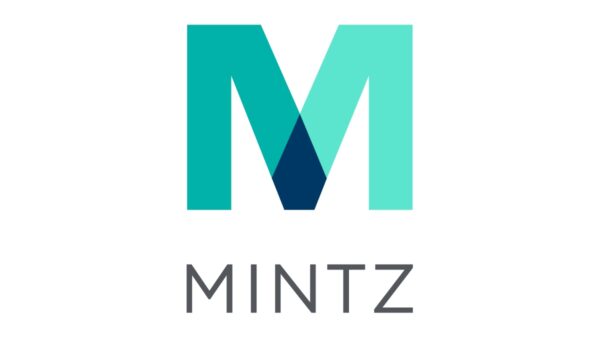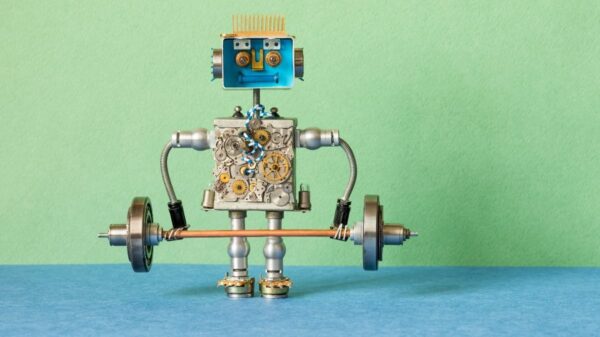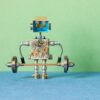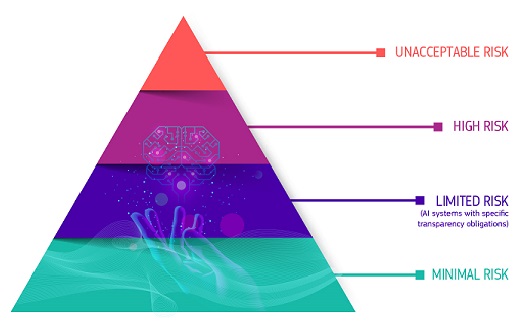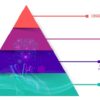As attention spans dwindle to an average of just eight seconds and content swamps digital feeds, artificial intelligence (AI) has transitioned from being merely a helper to the primary driver of a new era in digital storytelling. This year alone, the AI-powered content creation market is projected to reach $3.51 billion, enabling creators to replace blank pages with intelligent drafts that not only engage but also convert and go viral. But how did we reach this point, and what does the future hold?
The evolution from basic blog outlines to sophisticated marketing content highlights a significant shift in the landscape of content production. Clunky text generators of the early 2010s have given way to comprehensive systems capable of integrating text, visuals, and data for impactful storytelling. This article explores the trajectory of this transformation, spotlights pivotal tools, and examines the ethical challenges AI creators will face in 2025. Whether you are an independent blogger or a Chief Marketing Officer at a Fortune 500 company, understanding this evolution is essential for keeping pace in a fast-evolving digital world.
The Humble Beginnings: AI’s Foray into Blog Drafts
Flash back to 2018, when OpenAI’s GPT-2 debuted as a language model capable of generating coherent paragraphs from simple prompts. Although revolutionary, it remained somewhat unrefined—effective for fleshing out blog outlines but prone to inaccuracies and uninspired writing. Early adopters, including indie journalists and small business owners, leveraged it to overcome writer’s block, quickly generating 500-word outlines. The release of GPT-3 in 2020 marked a game-changing moment, with platforms like Jasper (formerly Jarvis) and Copy.ai democratizing the drafting process, allowing users to input topics like “eco-friendly travel tips” and output SEO-optimized posts ready for final touches.
The early magic of this era lay in efficiency. A 2025 McKinsey survey indicated that 93% of marketers now use AI to expedite content generation, cutting production time by up to 50%. Bloggers transitioned from hours of meticulous research to AI-assisted frameworks, enabling them to focus on voice and nuance. For example, a mid-sized e-commerce brand in Toronto reported a tripling of blog output in 2024 through the use of AI drafts, which in turn boosted organic traffic by 40%. In this foundational phase, AI served as an invaluable co-pilot rather than a replacement for human creativity, echoing the sentiment of Sundar Pichai, CEO of Google: “The future of AI is not about replacing humans, it’s about augmenting human capabilities.”
Scaling to Virality: Hooks That Hijack Algorithms
By 2025, AI has advanced from merely drafting content to creating viral hooks—those captivating openers and phrases designed to cut through platform algorithms on social media platforms like TikTok, LinkedIn, and X. The generative AI market has skyrocketed to a valuation of $62.72 billion, with the marketing sector alone projected to reach $47.32 billion this year, showing a remarkable compound annual growth rate (CAGR) of 36.6% through 2028. Viral hooks capitalize on psychological principles such as curiosity gaps and emotional triggers, all enhanced by AI’s ability to analyze vast amounts of data.
For instance, a campaign for a sustainable fashion startup utilized AI to craft the provocative hook, “Ditch Fast Fashion: Wear the Future in 3 Seconds Flat,” paired with a 15-second augmented reality (AR) try-on video. The outcome? A staggering 2.5 million views within a week, as reported by platform analytics. According to Gartner’s 2025 forecast, organizations that harness AI for marketing will experience a 37% year-over-year growth. Here, hooks are not spontaneous; they are meticulously engineered by AI’s data-crunching capabilities, turning content from static to adaptive. An industry expert asserts, “AI is not a threat to content marketing but a powerful tool that, when used thoughtfully, can enhance human creativity and strategic thinking.” In 2025, the distinction between creator and curator becomes increasingly blurred, with AI serving as a catalyst for shareable content gold.
Despite its promise, the rise of AI in content creation is not without challenges. Issues like hallucinations—where AI-generated blogs fabricate sources—are eroding trust. Furthermore, bias in training data can skew content toward specific demographics, potentially alienating audiences. Regulatory frameworks are also tightening; the EU’s AI Act, fully enforced in 2025, mandates transparency for high-risk content tools, imposing fines of up to 6% of global revenue for non-compliance.
Moreover, the human element is crucial; over-reliance on AI could result in homogenized voices. A recent analysis from the DEV Community points out that while multimodal AI is becoming a standard, “without human oversight, content risks becoming echo-chamber fodder.” Hybrid workflows—leveraging AI for volume while maintaining human oversight for authenticity—are emerging as a potential solution. Tools like Originality.ai are now available to scan for and flag AI-generated text, identifying 95% of such content.
The rise of AI content creators is not an overpowering takeover but a transformative upgrade of the creative toolkit. With tools that streamline the creation process—from drafting to viral hooks—the technology is fundamentally reshaping narratives. As we look toward a future where hyper-personalization becomes the norm, AI will play a crucial role in tailoring content to individual user preferences, presenting both opportunities and challenges for creators. The journey ahead calls for a thoughtful approach that not only embraces technology but also retains the irreplaceable human touch in storytelling.
 12AM Agency Reveals Big-AI Upgrade to Combat Local Business Visibility Crisis in AI Era
12AM Agency Reveals Big-AI Upgrade to Combat Local Business Visibility Crisis in AI Era Mindtrip Partners with The Bahamas to Launch AI-Powered Personalized Travel Itineraries
Mindtrip Partners with The Bahamas to Launch AI-Powered Personalized Travel Itineraries Hibbett Boosts Email Revenue by 46% with AI-Driven Targeted Campaigns
Hibbett Boosts Email Revenue by 46% with AI-Driven Targeted Campaigns Enhance Your Website”s Clarity for AI Understanding and User Engagement
Enhance Your Website”s Clarity for AI Understanding and User Engagement FoloToy Halts Sales of AI Teddy Bear After Disturbing Child Interactions Found
FoloToy Halts Sales of AI Teddy Bear After Disturbing Child Interactions Found
